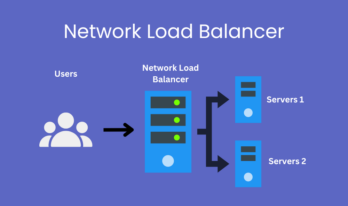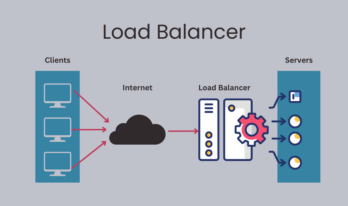Today, we sit on the precipice of another perfect storm, this time ushering in the era of the Internet of Things (IoT) as more and more unconnected devices become connected.
The digital age has transformed virtually all aspects of everyday life.
As data continues to migrate online, digital data becomes more pervasive. With the growth of the Internet of Things (IoT), cloud migration, and extensive use of mobile applications, the cost of a data breach will increase too.
Connected devices introduced by employees to company networks pose some of the most significant risks.
With barring IoT outright not an option, companies will need to roll out tailored best practices and standards.
The Internet of Things (IoT) can be blooming, but it brings to some major IoT security concerns.
Issues in IoT and IoT Security
The problems originate from the lack of universal IoT standards for security. With so many different vendors producing IoT devices, such as sensors, there’s been no original secure firmware as a platform for delivering better protection.
Most IoT products do not have proper security or logging controls to detect hacks. It may take a vast IoT attack actually to refocus cybersecurity professionals on the up-and-coming security problems.
IoT Security Solutions
IoT and cybersecurity experts, such as Beardsley and Sparaponi, envision three things needing to occur to resolve the large security holes in IoT.
- First, standard, interoperable security systems should be built into every IoT device not only to prevent hacks but also to identify hacking attempts.
- Second, IoT vendors should make routine, automatic updates to software available to patch against evolving vulnerabilities.
- Finally, the vast amounts of data sharing over networking IoT devices must be encrypted to make data less easy to hack.
IoT Creates New Security Challenge
The Internet of Things is a fast-moving trend that almost every organization will need to adapt to remain competitive.
It promises to lower costs as well as enable businesses to create new processes and develop new insights. If IoT is so significant, why aren’t companies being more aggressive with it?
There are numerous reasons why security is such a significant challenge with IoT.
Physical security often faces disregard
A tremendous amount of energy and time is devoted to cybersecurity today. However, physical security is often overlooked. Devices need protection against theft or hacking of the hardware.
Traditional security is not sufficient
Today’s security primarily focuses on protecting the perimeter of a network with a massive, expensive firewall.
Traditional firewalls have become less relevant because IoT devices are located everywhere and connect over a combination of enterprise networks, public WiFi, and cellular connectivity.
The impact of a breach is massive
A successful IoT implementation is based on automating several processes that need to work together. A violation at any point can interrupt the service.
IoT devices have no native security capabilities
Almost all devices connected to a network including routers, switches, and mobile devices have some necessary security capabilities.
However, many IoT devices were never designed to be part of a managed corporate network. So there is no possible way to deploy an agent to equip these devices with security capabilities.
IoT’s scale is massive
The number of connected IoT endpoints will be at least an order of magnitude larger than those of traditional IT.
Even if one could deploy endpoint security to the IoT device. The size of such a network could create complications for most organizations to manage.
IT and OT are not aligned
The OT group inside an organization runs most vertical equipment such as manufacturing lines, industrial control systems, and environmental controls.
The lack of alignment between IT and OT has created a situation where only some IT professionals have confidence in their understanding of what IoT devices are on the network.
You may also like to read:
An Introduction to Internet of Behaviors (IoB)
Internet of Thoughts Explained
Challenges in Industrial Internet of Things (IIoT) Adoption




